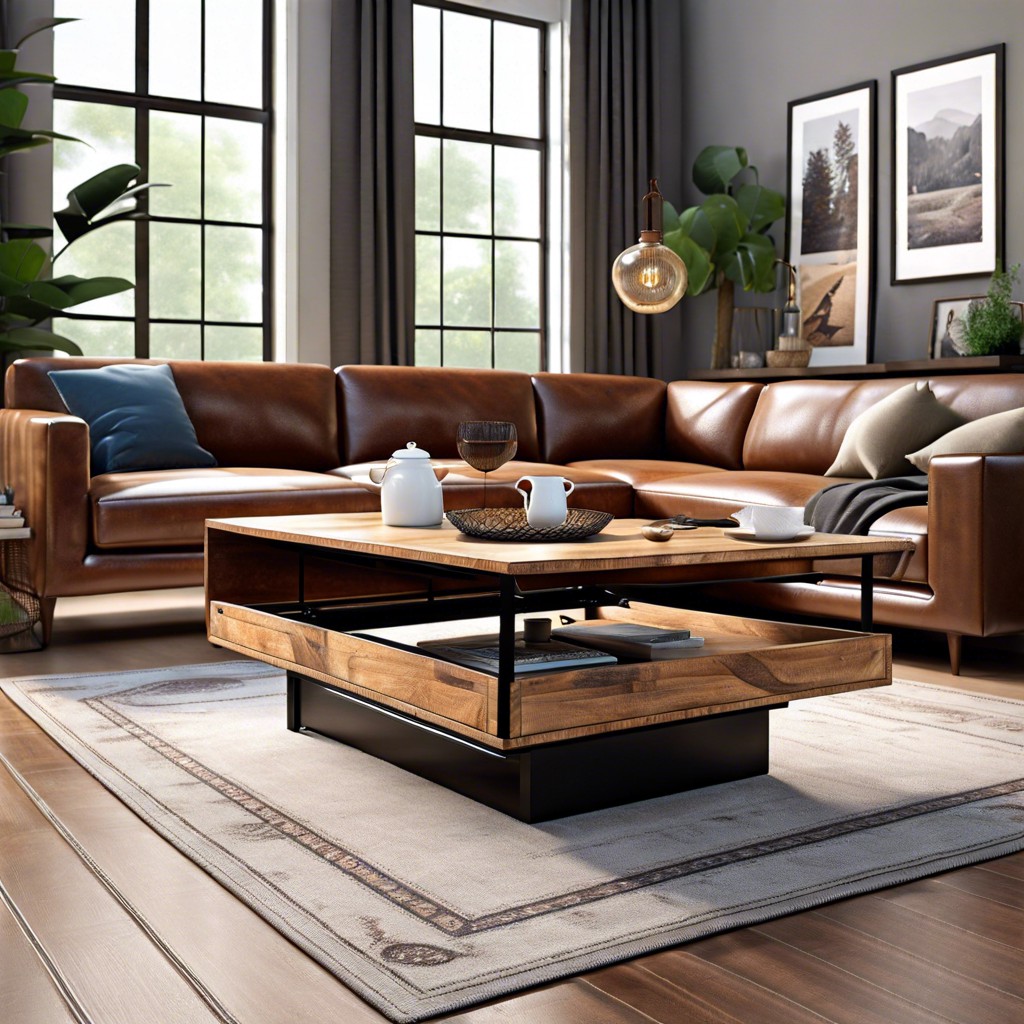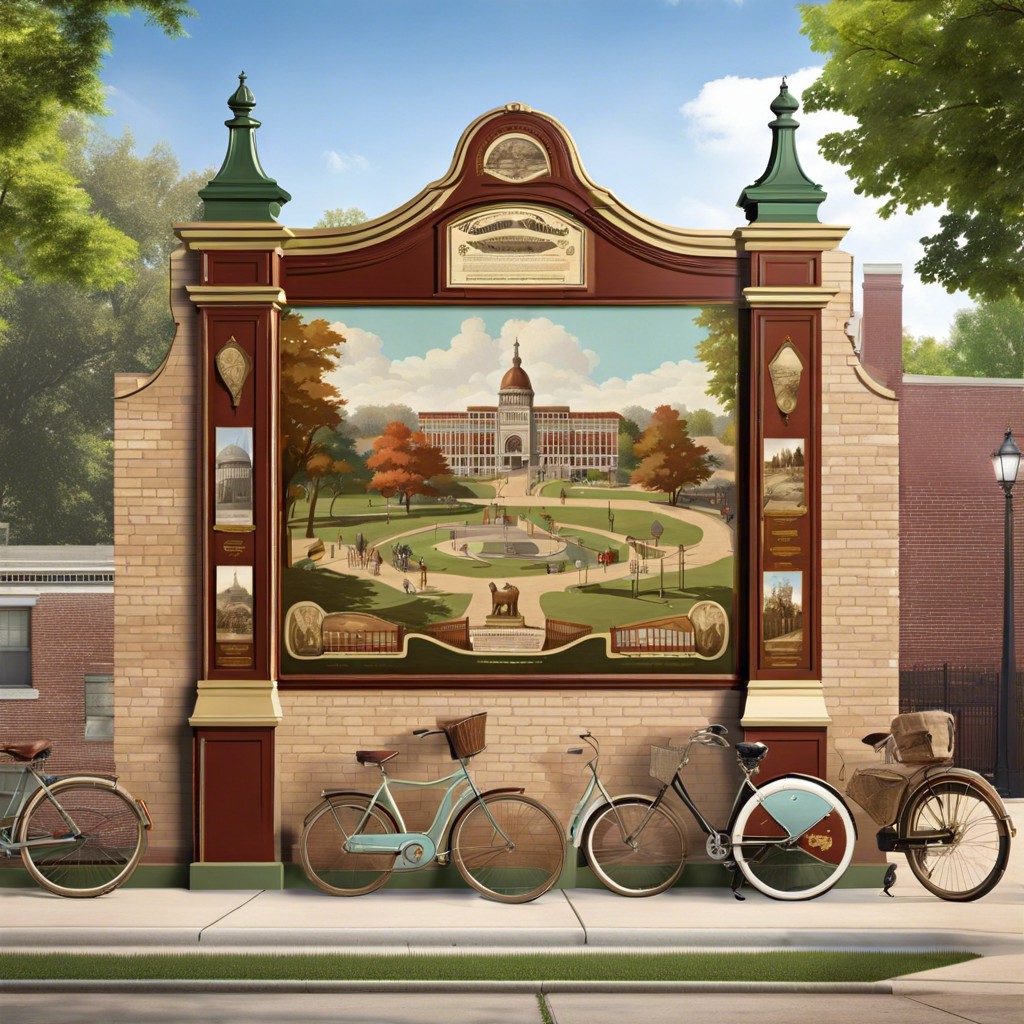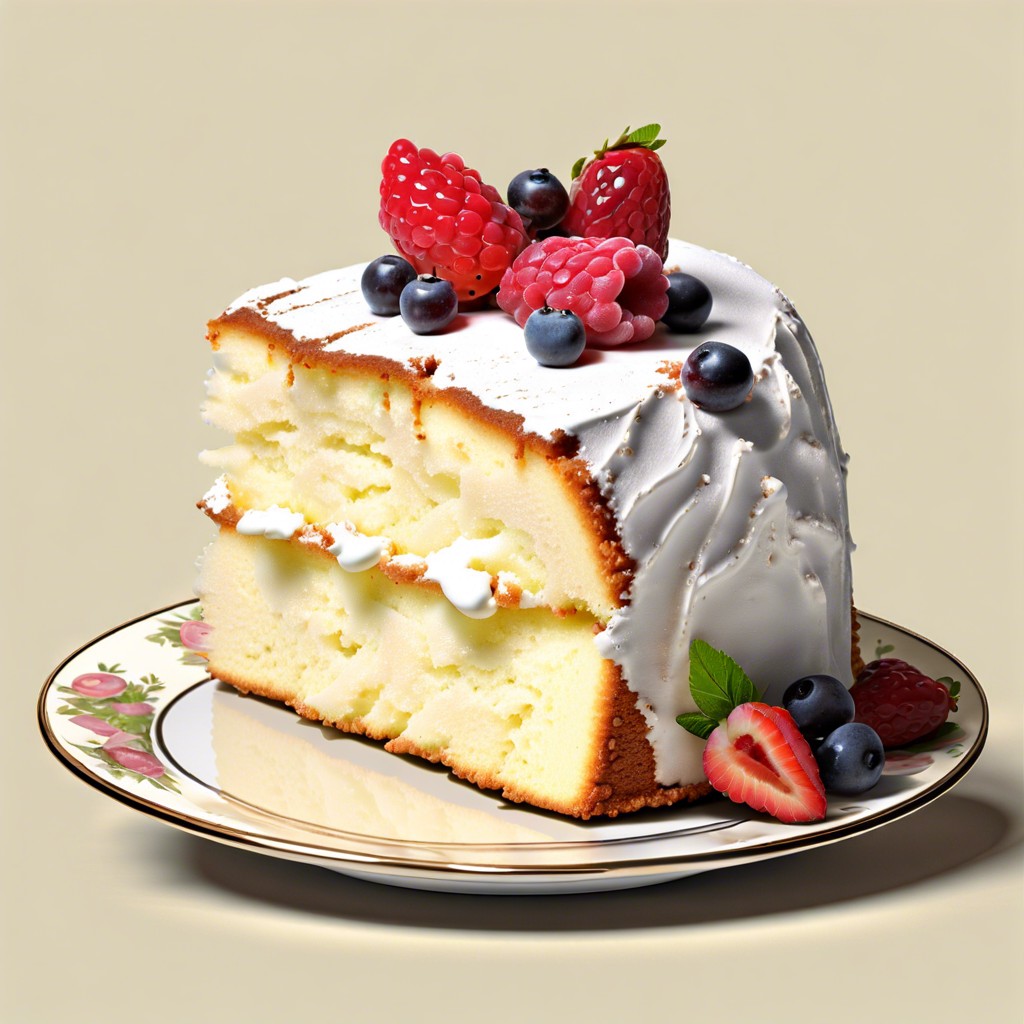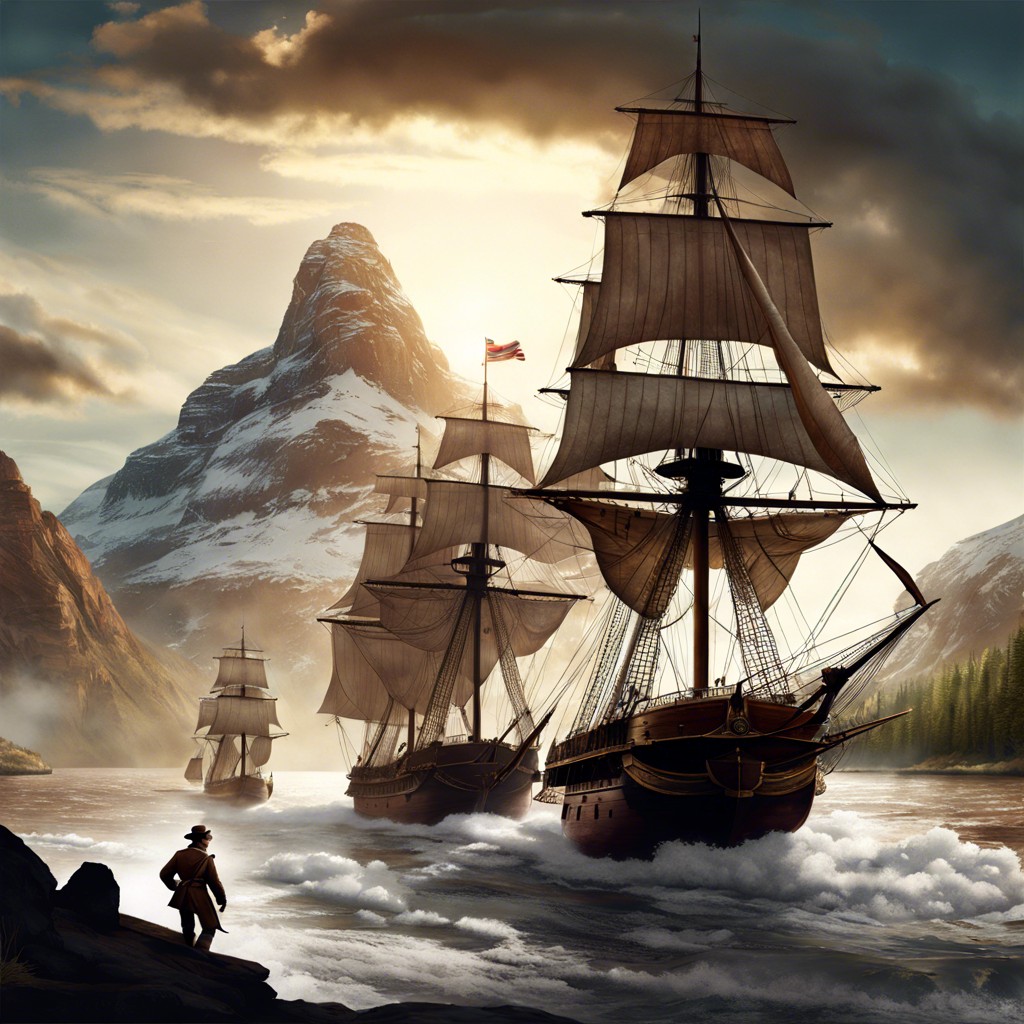Last updated on
Discover practical tips on selecting the perfect vintage coffee table for your space.
Key takeaways:
- Vintage coffee tables carry a rich heritage and reflect design trends.
- Different materials dictate aesthetic, durability, and value.
- Spot authenticity through craftsmanship, provenance, and design elements.
- Proper upkeep includes cleaning and protecting based on material.
- Incorporate into modern decor through color, scale, texture, and accessories.
Definition and History

Vintage coffee tables carry a rich heritage, often reflecting the design trends and craftsmanship of their era. Initially gaining popularity in the mid-20th century, these pieces showcased sleek mid-century modern styles with clean lines and minimalist details, many emerging from the functionalist philosophy of design.
Over the decades, styles diversified. The extravagant elements of the Art Deco period introduced ornate details and exotic materials, transitioning later to the rustic and hearty textures of the farmhouse style in subsequent years.
Collectors and enthusiasts prize these tables for their history and the stories they carry, as each piece offers a distinct glimpse into the past and the evolving tastes of society through time. Recognizing the specific period a table comes from can also significantly influence its value and appeal.
Importance of Material in Vintage Furniture

Different materials not only dictate the aesthetic and feel of vintage coffee tables but also their durability and value. Wood, often seen in mid-century modern pieces, brings warmth and a natural element to interiors. Hardwoods like teak, walnut, and mahogany are prized for their strength and lasting beauty.
Metal, another popular choice, was often used in the industrial designs of the 1950s and 1960s. Its resilience makes it ideal for furniture that withstands the test of time. Brass and wrought iron are common, giving pieces a distinctive character that can either complement or contrast with modern decor.
Glass tops were a hit in the 1970s and offer a sleek, clean look while making spaces appear larger. They require careful handling and regular cleaning to maintain their shine and prevent scratches.
Understanding these materials helps in assessing the quality and potential lifespan of a vintage coffee table, ensuring an informed purchase.
Identifying Authentic Vintage Coffee Tables

To spot a genuine vintage coffee table, start by examining its craftsmanship. Look for signs of age such as patina on wood or slight rust on metal, which indicate natural wear over time. Joints and finishes also tell a story; dovetail joints and hand-finished details are often hallmarks of earlier periods.
Check the provenance whenever possible. This includes any available receipts, maker’s marks, or documentation that can verify the piece’s history and origin. This documentation can be crucial in distinguishing a true vintage table from a replica.
Lastly, don’t overlook the design elements characteristic of the period from which the table originates. Familiarize yourself with design trends from different eras, such as the sleek lines of mid-century modern or the ornate carvings of Victorian pieces. Matching the style elements with the corresponding era can further confirm the table’s authenticity.
Maintenance and Care Tips

Proper upkeep of a vintage coffee table can significantly extend its life and preserve its charm. Start with understanding the material. For wood, use a soft cloth and mild, wood-friendly cleaner to avoid damage. Apply a gentle beeswax polish every few months to keep the wood nourished.
For metal components, regularly wipe down with a damp cloth followed by a dry one to prevent rusting. Use a bit of chrome polish if applicable, to maintain a bright finish.
Glass surfaces require a non-abrasive cleaner to reduce the chances of scratches. Newsprint or a microfiber cloth can help achieve a streak-free shine.
Regardless of material, keep your vintage table out of direct sunlight as prolonged exposure can fade and sometimes warp the material. Rotate the table occasionally to ensure even aging and wear.
Lastly, be mindful of the items you place on your coffee table. Heavy objects can dent soft woods or scratch glass, and hot items can leave permanent marks. Use coasters and felt pads to protect the surface.
How to Incorporate Into Modern Decor

Blending a vintage coffee table into contemporary interior designs adds an intriguing contrast and character. Start by considering the color scheme of your room. A table that complements or strikingly contrasts with modern hues can act as a focal point.
Scale and proportion are also critical. Ensure that the vintage piece balances well with other contemporary furniture in size and height, preventing it from feeling out of place.
Play with textures. Mixing the old, perhaps weathered texture of the table with sleek modern materials like metal or glass can create a visually appealing dynamic.
Finally, accessorize smartly. Minimalistic modern accessories or art pieces on a vintage table can bridge the stylistic gap between the old and new, tying the room together harmoniously.




